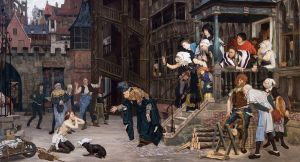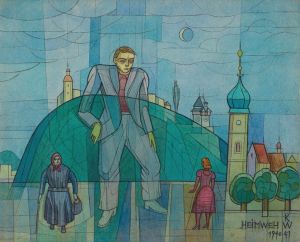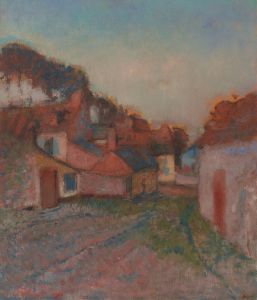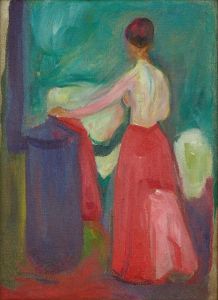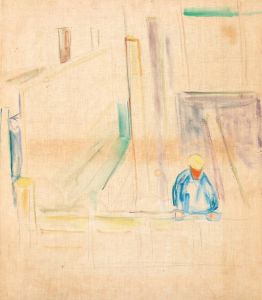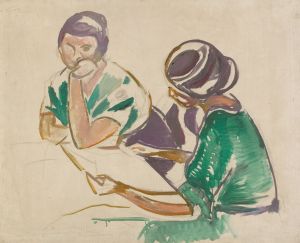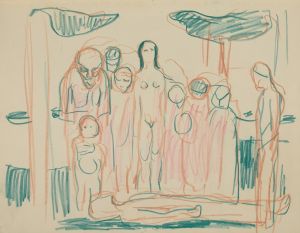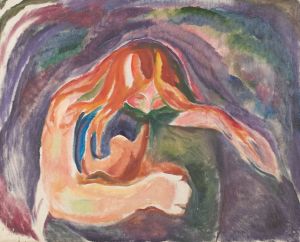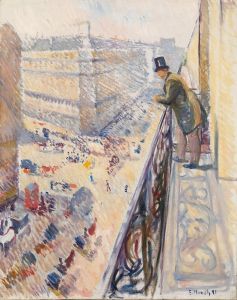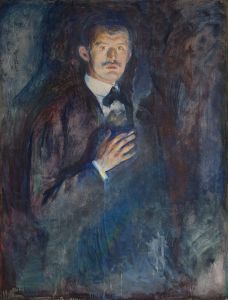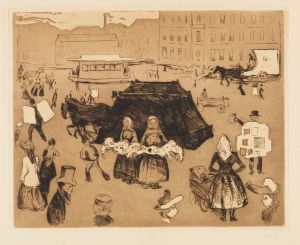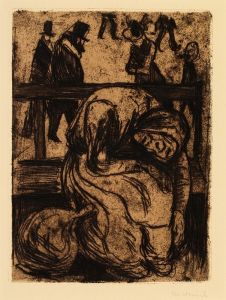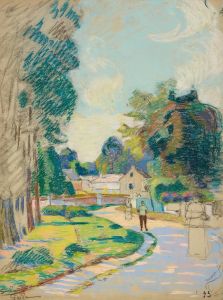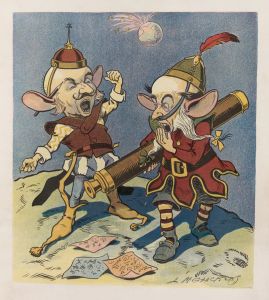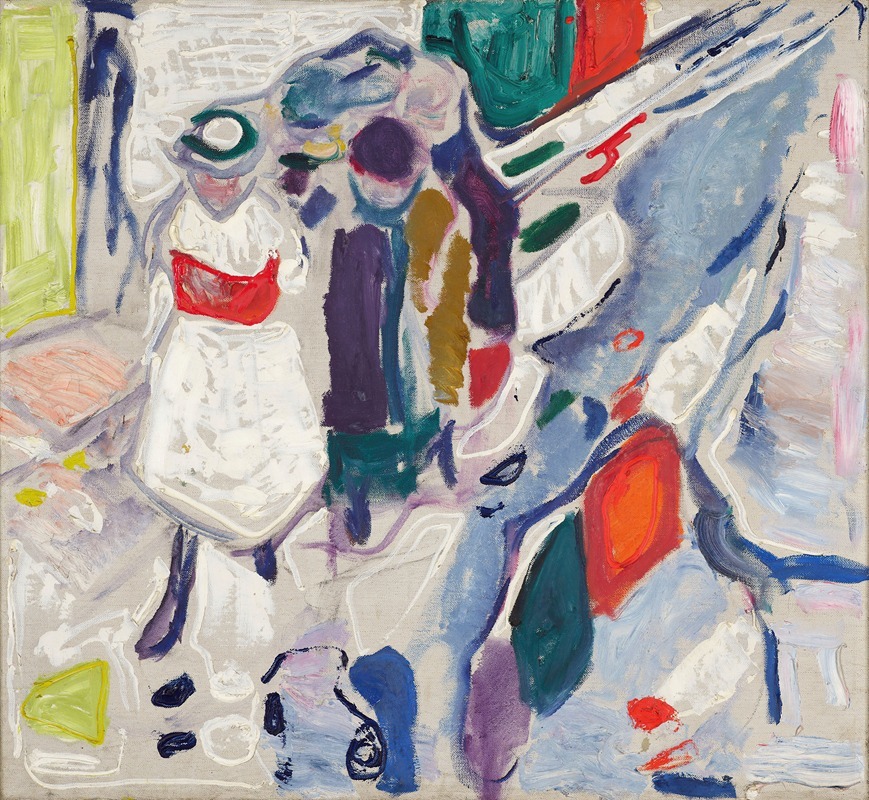
Children in the Street
A hand-painted replica of Edvard Munch’s masterpiece Children in the Street, meticulously crafted by professional artists to capture the true essence of the original. Each piece is created with museum-quality canvas and rare mineral pigments, carefully painted by experienced artists with delicate brushstrokes and rich, layered colors to perfectly recreate the texture of the original artwork. Unlike machine-printed reproductions, this hand-painted version brings the painting to life, infused with the artist’s emotions and skill in every stroke. Whether for personal collection or home decoration, it instantly elevates the artistic atmosphere of any space.
"Children in the Street" is a painting by the Norwegian artist Edvard Munch, a prominent figure in the Symbolist and Expressionist movements. The artwork is believed to have been created in the early 20th century, during a period when Munch was exploring themes of modern urban life, human emotion, and existential anxiety. While Munch is best known for his iconic work "The Scream," his broader oeuvre includes numerous depictions of everyday life, often imbued with psychological depth and a sense of unease.
In "Children in the Street," Munch portrays a group of children standing or walking in an urban setting. The composition is characterized by loose, expressive brushstrokes and a muted color palette, which are hallmarks of Munch's style. The figures of the children appear somewhat simplified and stylized, emphasizing mood and atmosphere over realistic detail. The urban background is rendered in a similarly abstract manner, creating a sense of ambiguity and focusing the viewer's attention on the figures.
The painting reflects Munch's interest in the psychological and emotional dimensions of human experience. The children in the scene are often interpreted as embodying innocence and vulnerability, set against the backdrop of a modern city that may suggest alienation or disconnection. This juxtaposition of youthful figures with an urban environment is a recurring theme in Munch's work, as he sought to capture the complexities of life in a rapidly changing world.
Munch's artistic approach during this period was influenced by his exposure to various European art movements, including Impressionism and Post-Impressionism, as well as his personal struggles with mental health. His works often convey a sense of tension and introspection, reflecting his own experiences and observations of society.
"Children in the Street" is part of Munch's broader exploration of human relationships and the impact of modernity on individuals and communities. The painting is housed in the Munch Museum in Oslo, Norway, which holds the largest collection of the artist's works. The museum provides valuable insight into Munch's life and artistic development, offering a comprehensive view of his contributions to modern art.
As with many of Munch's works, "Children in the Street" invites viewers to reflect on the emotional and psychological undercurrents of everyday scenes, making it a significant example of his ability to merge personal expression with universal themes.





